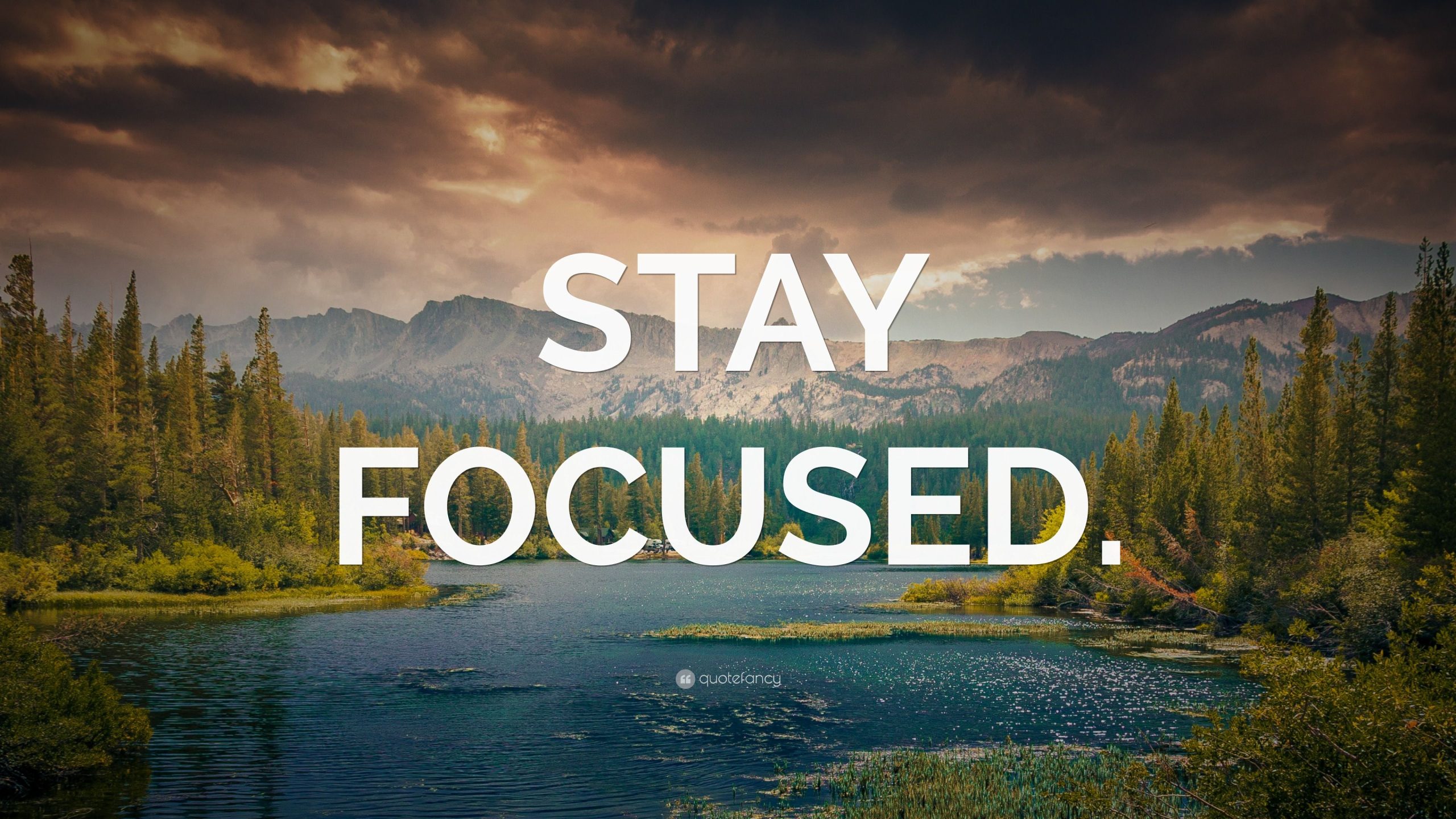
Norway, a land of dramatic landscapes and captivating history, beckons travelers with its unparalleled natural beauty. From the majestic fjords that carve through its coastline to the ethereal dance of the Northern Lights in its Arctic skies, Norway offers an unforgettable experience. Choosing where to stay is a crucial step in unlocking the magic of this Scandinavian gem. This comprehensive guide will delve into Norway’s top attractions, its fascinating history, essential travel tips, diverse accommodation options, efficient transportation, and the optimal times to visit, empowering you to plan your perfect Norwegian adventure.
A Tapestry of Attractions: Norway’s Unmissable Wonders
Norway’s allure lies in its breathtaking natural wonders, each offering a unique perspective on this magnificent country.

Related Articles about Where to Stay in Norway: A Journey Through Fjords, Northern Lights, and Rich History:
- Chasing the Cherry Blossoms and Neon Dreams: Your Ultimate Guide to Affordable Flights to Tokyo
- Busan: Where Mountains Meet the Sea – A Comprehensive Guide to South Korea’s Coastal Gem
- Portugal: A Tapestry of Sun, Soul, and Scenery – Your Ultimate Travel Guide
- Florence: A Renaissance Dream – Your Comprehensive Guide to Experiencing the Cradle of Art and Culture
- Lima: A Culinary and Cultural Tapestry Beckoning the Traveler
- The Fjords: The undisputed crown jewels of Norway, its fjords are a UNESCO World Heritage marvel. Geirangerfjord and Nærøyfjord in the western region are particularly iconic, with sheer cliffs plunging into emerald waters, dotted with cascading waterfalls. Boat trips, kayaking, and hiking along their shores are essential experiences.
- The Northern Lights (Aurora Borealis): For many, the aurora is the ultimate draw. The northernmost regions, especially Tromsø and Lofoten Islands, offer prime viewing opportunities during the winter months. Imagine witnessing this celestial ballet paint the night sky in vibrant hues – a truly magical spectacle.
- Bergen: This charming coastal city, often called the "Gateway to the Fjords," is a UNESCO World Heritage site itself. Its colorful wooden houses of Bryggen, a UNESCO World Heritage site, whisper tales of the Hanseatic League. Explore its bustling fish market, ride the Fløibanen funicular for panoramic views, and immerse yourself in its vibrant cultural scene.
- Oslo: Norway’s capital city is a dynamic blend of modern architecture and historical significance. Visit the Vigeland Sculpture Park, marvel at the Viking Ship Museum, explore the Royal Palace, and soak in the art at the Munch Museum. Oslo also boasts a thriving culinary scene and a lively nightlife.
- Lofoten Islands: This archipelago north of the Arctic Circle is a photographer’s paradise. Dramatic peaks rise directly from the sea, dotted with picturesque red fishing cabins (rorbuer). Hiking, fishing, and exploring charming villages like Reine and Å are popular activities.
- Preikestolen (Pulpit Rock) and Kjeragbolten: For the adventurous hiker, these iconic rock formations in the Ryfylke region offer unparalleled views. Preikestolen’s flat plateau extending over Lysefjord is a classic, while Kjeragbolten’s boulder wedged between two cliffs is a testament to nature’s whimsy.
- Trondheim: Norway’s third-largest city, rich in history, is home to the magnificent Nidaros Cathedral, a pilgrimage site and a masterpiece of Gothic architecture. Explore its charming wooden houses and enjoy its relaxed atmosphere.
- The Atlantic Road: This engineering marvel is a series of bridges and causeways that snakes its way across the Atlantic Ocean, offering breathtaking views and a thrilling driving experience.

A Glimpse into Norway’s Rich History
Norway’s history is deeply intertwined with its landscape and its people’s resilience.
- The Viking Age (c. 793-1066 AD): This era saw Norwegian seafarers raid, trade, and explore far beyond their shores, leaving a lasting impact on European history. Remnants of this era can be found in museums across the country, most notably the Viking Ship Museum in Oslo.
- The Kalmar Union (1397-1523): Norway, along with Denmark and Sweden, was united under a single monarch. This period saw a decline in Norwegian autonomy.
- Union with Denmark (1536-1814): Following the dissolution of the Kalmar Union, Norway entered a long union with Denmark, gradually losing its distinct identity.
- Union with Sweden (1814-1905): After the Napoleonic Wars, Norway gained its own constitution but remained in union with Sweden. This period saw a surge in Norwegian nationalism and the development of its unique cultural identity.
- Independence (1905): Norway peacefully dissolved its union with Sweden and became a fully independent nation.
- World War II: Norway was occupied by Nazi Germany from 1940 to 1945, a period of immense hardship and resistance.
Navigating Norway: Essential Travel Tips
To make the most of your Norwegian adventure, keep these tips in mind:
- Currency: The Norwegian Krone (NOK) is the official currency. Credit and debit cards are widely accepted, but it’s wise to carry some cash for smaller purchases.
- Language: Norwegian is the official language. English is widely spoken, especially in tourist areas, so communication is generally not an issue.
- Tipping: Tipping is not mandatory in Norway, as service charges are usually included in the bill. However, if you receive exceptional service, a small tip (5-10%) is appreciated.
- "Allemannsretten" (The Right to Roam): This unique Norwegian law grants everyone the right to access and enjoy the countryside, provided you do so responsibly and with respect for nature and private property.
- Weather: Norway’s weather can be unpredictable, even in summer. Pack layers, including waterproof and windproof clothing, regardless of the season.
- Daylight Hours: Be mindful of the extreme variations in daylight hours. In summer, you’ll experience the midnight sun in the north, while in winter, daylight is scarce.
- Book in Advance: Especially during peak season (summer and winter for Northern Lights), it’s highly recommended to book flights, accommodation, and popular tours well in advance.
- Embrace Nature: Norway is all about its natural beauty. Take the time to hike, explore, and simply breathe in the fresh air.
- Respect the Environment: Norway is committed to sustainability. Follow local guidelines, dispose of waste properly, and minimize your environmental impact.
Accommodation Options: A Haven for Every Traveler
Norway offers a diverse range of accommodation to suit every budget and preference, allowing you to immerse yourself in the local experience.
1. Hotels:
- City Hotels: From luxurious international chains to charming boutique hotels, major cities like Oslo, Bergen, and Trondheim offer a wide selection. These provide comfort, convenience, and often excellent amenities like restaurants and concierge services.
- Fjord-side Hotels: Many hotels are strategically located to offer stunning views of the fjords. These often provide a more tranquil and scenic experience, with opportunities for boat trips and hiking right on your doorstep.
- Rorbuer (Fisherman’s Cabins): Particularly popular in the Lofoten Islands, these traditional red wooden cabins, once used by fishermen, have been beautifully renovated into cozy and authentic accommodations. They offer a unique glimpse into coastal life.
2. Guesthouses and Bed & Breakfasts (B&Bs):
- These offer a more intimate and personal experience. You’ll often find yourself staying in family-run establishments, enjoying homemade breakfasts and local insights from your hosts. They are a great way to connect with Norwegian culture.
3. Apartments and Vacation Rentals:
- Platforms like Airbnb and Booking.com offer a plethora of apartments and houses for rent. This is an excellent option for families, groups, or those seeking more space and the ability to self-cater, which can be a cost-effective choice.
4. Hostels:
- For budget-conscious travelers and solo adventurers, hostels provide affordable dormitory-style or private rooms. They are a fantastic way to meet fellow travelers and often organize social events and tours.
5. Mountain Huts and Cabins:
- For the truly adventurous, Norway’s extensive network of DNT (Norwegian Trekking Association) huts and cabins offers rustic and remote accommodation for hikers and trekkers. These range from basic shelters to more well-equipped lodges, providing a true immersion in the wilderness.
6. Unique Stays:
- Ice Hotels: In northern Norway, experience the surreal beauty of sleeping in a room carved from ice.
- Treehouses: For a whimsical escape, consider a stay in a treehouse nestled amidst the Norwegian forests.
- Lighthouse Hotels: For a truly romantic and isolated experience, some decommissioned lighthouses have been converted into unique accommodations.
Transportation: Seamlessly Connecting Your Norwegian Journey
Norway boasts an efficient and well-connected transportation network, making it easy to explore its diverse landscapes.
- Air Travel: For longer distances, domestic flights are a convenient option. Widerøe is a major regional airline, while SAS and Norwegian Air offer connections to major cities.
- Trains: The Norwegian State Railways (Vy) operates an extensive and scenic rail network. The Oslo to Bergen line is particularly famous for its breathtaking views. Trains are comfortable, reliable, and a great way to see the countryside.
- Buses: Buses complement the train network, reaching more remote areas and smaller towns. They are generally comfortable and offer a more affordable alternative for shorter journeys.
- Ferries and Boats: Crucial for exploring the fjords and coastal regions, ferries and express boats are an integral part of Norwegian transportation. The Hurtigruten coastal ferry, while a popular tourist experience, also serves as a vital mode of transport for locals along the Norwegian coast.
- Cars: Renting a car offers the ultimate flexibility, especially for exploring rural areas and making spontaneous stops. Be aware of road conditions, particularly in winter, and consider tolls. Driving on the right side of the road is standard.
- Public Transportation in Cities: Major cities have excellent public transport systems, including trams, buses, and metro (in Oslo). Purchasing a day pass or multi-day pass is usually cost-effective.
The Best Time to Visit Norway: Embracing the Seasons
Norway’s allure shifts dramatically with the seasons, offering distinct experiences throughout the year.
- Summer (June – August): This is the most popular time to visit, with long daylight hours (midnight sun in the north), pleasant temperatures, and all attractions and hiking trails accessible. It’s ideal for fjord cruises, hiking, and exploring coastal areas. However, it’s also the peak tourist season, so expect higher prices and larger crowds.
- Autumn (September – October): This is a shoulder season offering a beautiful transition. The landscapes are ablaze with autumn colors, the crowds thin out, and prices can be more reasonable. It’s a good time for hiking and enjoying the crisp air. The first chances of seeing the Northern Lights emerge in the north.
- Winter (November – March): This is the season for the magical Northern Lights. Tromsø and the Lofoten Islands are prime destinations. It’s also the time for winter sports like skiing and snowboarding. However, daylight hours are very short, and some attractions or hiking trails may be closed. Snow and ice can affect road travel.
- Spring (April – May): As winter recedes, Norway awakens. Snowmelt creates dramatic waterfalls, and nature bursts into bloom. It’s a beautiful time for hiking in lower altitudes and enjoying the emerging greenery. The Northern Lights season is winding down, but still possible in early spring.
Conclusion: Your Norwegian Adventure Awaits
Norway is a land of profound beauty and captivating experiences. Whether you dream of cruising through majestic fjords, chasing the ethereal Northern Lights, or delving into rich Viking history, this Scandinavian nation offers something for every traveler. By understanding its top attractions, its historical narrative, and by embracing the practicalities of travel, from choosing the perfect accommodation to navigating its efficient transport system and timing your visit wisely, you are well on your way to crafting an unforgettable Norwegian adventure. So, pack your bags, open your heart to the wonders that await, and prepare to be captivated by the magic of Norway.





